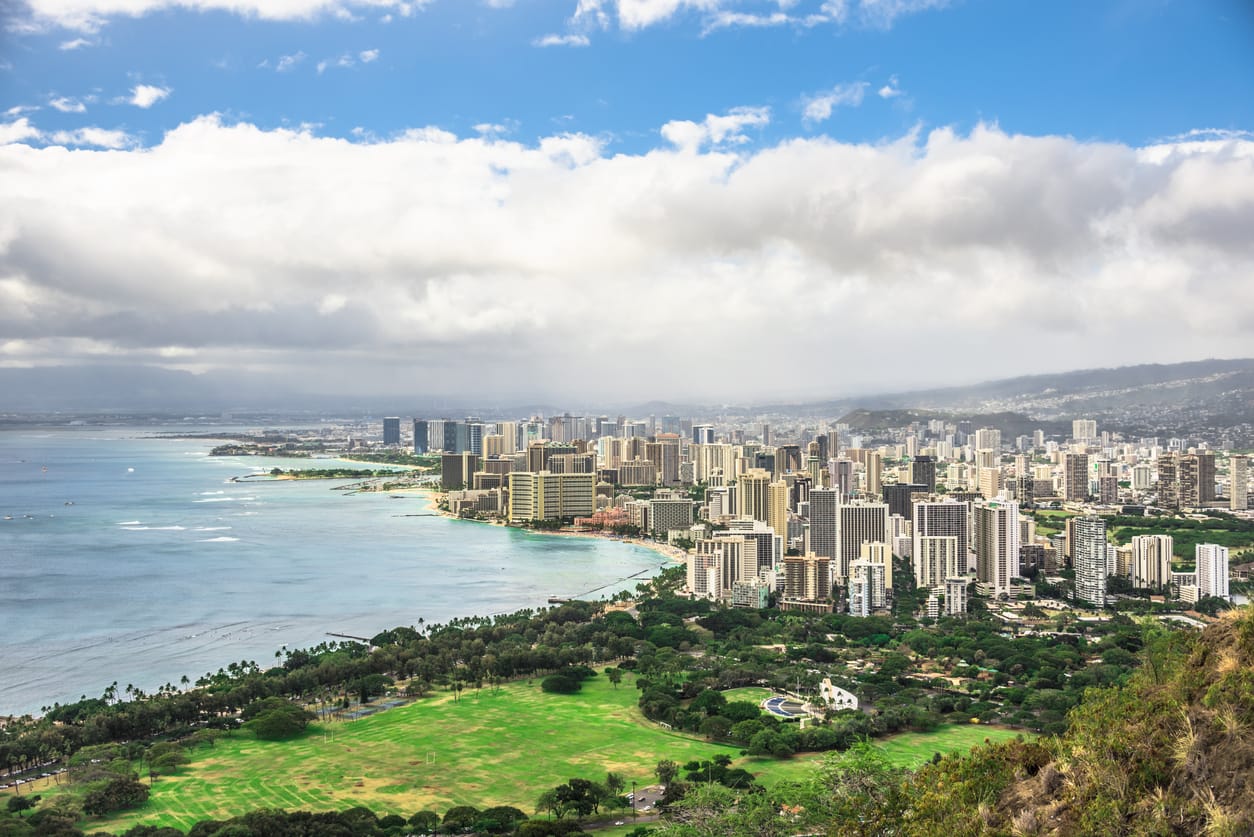Understanding the Hawaii Shipping Landscape
First and foremost, the unique geographical location of Hawaii significantly shapes its shipping dynamics. Nestled in the Pacific Ocean, Hawaii enjoys a unique status as an island paradise. Nevertheless, this serene landscape demands a robust shipping industry to maintain the flow of goods and services. Thus, whether you’re a business owner, a resident, or someone planning to move to the islands, understanding the Hawaii shipping landscape becomes paramount.
A Glimpse Into the Shipping Infrastructure
Hawaii’s Ports: The Gateway to Prosperity
To ensure seamless Hawaii shipping, the state boasts numerous well-equipped ports. Honolulu Harbor, for instance, stands as the largest port and the central hub for Hawaii shipping. Providing services such as cargo handling and storage, the port’s strategic location makes it an integral part of Hawaii’s economic structure.
Airports: Soaring Heights of Transportation
In addition to ports, Hawaii’s airports serve as key transportation nodes. Honolulu International Airport, Maui’s Kahului Airport, and Kona International Airport at Keahole are all major cargo handling centers, complementing the maritime shipping services with their expedited air freight capabilities.
Regulatory Bodies and Compliance in Hawaii Shipping
To uphold order and efficiency in shipping operations, certain regulatory bodies oversee the sector in Hawaii. For example, the Hawaii Department of Transportation (HDOT) is instrumental in formulating policies and setting standards for shipping operations in the state.
Customs Compliance: Navigating the Rules
Moreover, when it comes to shipping goods to and from Hawaii, adhering to customs compliance is crucial. Whether it’s agricultural commodities or commercial goods, all items must conform to the state’s stringent regulations to ensure safety and legality.
Insurance Policies: Safeguarding Your Shipments
In the dynamic field of shipping, ensuring the safety of your goods is of utmost importance. Thankfully, insurance policies cater to a variety of needs, covering everything from damages during transit to delays and losses.
Types of Insurance Policies
There are several insurance types, such as Goods-in-Transit (GIT) insurance and Marine Cargo Insurance, which offer comprehensive coverage for your shipments. Furthermore, many shipping companies offer tailored insurance policies, providing more flexibility and peace of mind to customers.
Employing Reliable Shipping Services
While it’s vital to understand the Hawaii shipping landscape, finding a reliable shipping service provider is equally essential. Not all shipping companies are equal; hence, doing your homework and selecting a trusted provider will guarantee smooth sailing.
Factors to Consider When Choosing a Shipping Service
Consider factors like the company’s years of experience, customer reviews, and shipping rates. Also, examine their insurance policies, and how well they cater to your specific shipping needs.
Planning Your Shipping Strategy
Having laid the foundation by understanding the Hawaii shipping landscape and finding a reliable service provider, the next step is to plan your shipping strategy. From deciding on the type of service you need to determining the right packaging, every detail counts.
Choosing the Right Service: Air or Sea?
In Hawaii shipping, choosing between air and sea freight largely depends on your shipment’s urgency, volume, and nature. For instance, perishable goods might be better suited for air freight, while large-volume shipments may be more cost-effective via sea freight.
Packaging: Ensuring Safe Transit
Proper packaging is another crucial aspect of your shipping strategy. Using the right packing materials can protect your shipment from potential damages during transit.
Conclusion
In conclusion, seamless Hawaii shipping entails a comprehensive understanding of the landscape, employing reliable shipping services, and meticulously planning your shipping strategy. From the infrastructure and regulatory compliance to insurance policies and service selection, every aspect contributes to a smooth shipping experience in paradise.
FAQs
- What are the main modes of shipping in Hawaii?
The primary modes of shipping in Hawaii include sea and air freight. Sea freight, facilitated by the state’s numerous ports, is commonly used for large-volume shipments. On the other hand, air freight, through Hawaii’s major airports, is ideal for urgent or perishable goods. - Why is insurance important in Hawaii shipping?
Insurance provides a safety net for your shipments against potential damages, delays, or losses during transit. Policies like Goods-in-Transit (GIT) and Marine Cargo Insurance offer comprehensive coverage, providing peace of mind to customers.





